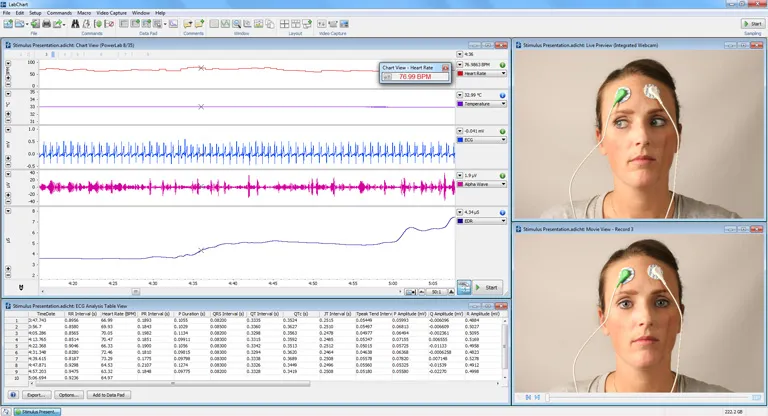Visual communication is an extremely effective and accurate method of sharing information because it provides greater qualitative detail and a deeper understanding, when compared to standard descriptive text. Therefore, video technology was soon incorporated by scientists to record and describe their work because it offers many practical advantages.
Currently, video recordings are widely used in life sciences such as in psychophysiology, exercise physiology and cardiovascular physiology, especially when related to recording movement or changes in colour, shape and size. Synching video recordings with quantitative data recordings also provide further interactive insight. Therefore, for validation and reproducibility, the usual factors that are considered when recording videos include colour, position, duration, resolution, speed and synchronization.





